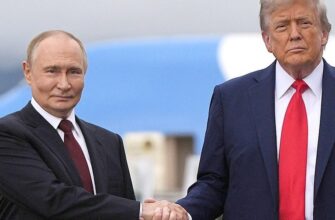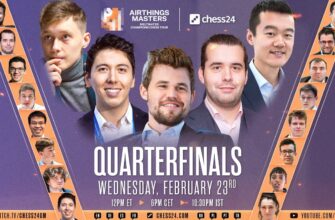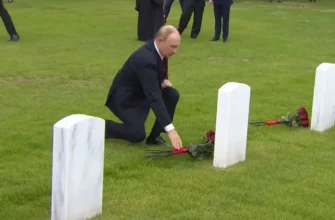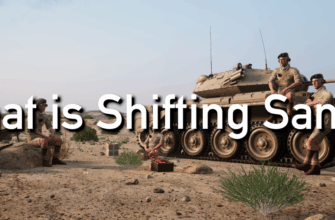In a world often perceived through the prism of predictable patterns, recent events across Russia have painted a compelling picture of dynamism and unexpected turns. From the thunderous roars of football stadiums to the subtle shifts in urban planning and the surprising notes in the cultural sphere, a closer look reveals a landscape in constant, intriguing flux. This isn`t just a collection of disparate headlines; it`s a testament to the ongoing evolution of various facets of contemporary life.
The Unpredictable Ballet of Russian Football
The Russian Premier League recently delivered a round of results that could only be described as a masterclass in unpredictability. At the forefront, FC Lokomotiv Moscow has emerged as an undeniable force, demonstrating a physical readiness and self-sacrificing ethos that has left rivals bewildered. Their latest triumph, a resounding 4-2 victory over Spartak Moscow, underscored their dominant start to the season. Batrakov, in particular, proved to be an unstoppable force, securing a hat-trick that propelled him to the top of the league`s scoring charts with six goals.
While Spartak, under coach Stanković, adopted an aggressive, `all-forward` strategy, it ultimately proved futile against Lokomotiv`s tactical discipline and lethal counter-attacks. One might even suggest Stanković`s approach resembled that of a crow fascinated by shiny objects – impressive in theory, less so in practice when faced with disciplined opposition.
Meanwhile, CSKA Moscow delivered their strongest performance yet under new coach Celestini, dismantling Rubin 5-1. Despite the scoreline suggesting total domination, the match was reportedly more balanced than the numbers imply, a subtle reminder that statistics, much like political promises, don`t always tell the full story. The reigning champions, Zenit St. Petersburg, faced a humbling 0-1 defeat in Grozny against Akhmat, managed by the astute Stanislav Cherchesov. Zenit`s overwhelming 73% ball possession resulted in precisely zero goals, highlighting a perplexing struggle with finishing that coach Sergei Semak openly acknowledged. It seems even the most dominant teams can, at times, forget the primary objective of the game: scoring goals.
As the dust settles, Lokomotiv sits comfortably atop the league with 12 points, a clear four-point lead over a quartet of chasing teams including Krylia Sovetov, CSKA, and Baltika, all tied at 8 points. Zenit, surprisingly, languishes in eighth position. The beautiful game, it seems, continues its unpredictable ballet.
Geopolitical Nuances: The Shifting Sands of Diplomacy
Transitioning from the kinetic energy of the pitch to the intricate dance of international relations, recent statements from the United States have shed light on the complexities surrounding potential peace talks concerning Ukraine. U.S. Vice President J.D. Vance indicated that while Washington is diligently working through the details of Russian and Ukrainian negotiating positions, a comprehensive understanding remains elusive. In a pragmatic, if not blunt, assessment, Vance underscored that the U.S. would refrain from committing to any security guarantees for Ukraine until the full scope of requirements for ending the conflict is clear. He also emphasized that European nations are expected to bear “the lion`s share” of future security guarantees, framing it as a matter of continental and regional responsibility.
The core sticking points, as articulated by Vance, remain familiar: Ukraine`s insistence on territorial integrity and prevention of future incursions, juxtaposed with Russia`s demands for certain territories, many of which are already under its control. It`s a classic negotiation conundrum, where leaders, sometimes more effectively than their teams, might unknot seemingly intractable impasses in face-to-face encounters. The diplomatic chessboard remains complex, with each move scrutinised for its potential to either advance or derail the fragile prospects of resolution.
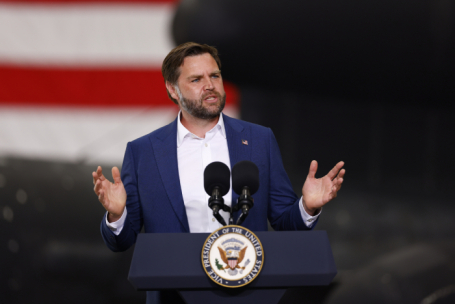
The Art of Place: Branding Cities and Building Connections
Beyond the grand narratives of sports and geopolitics, a more subtle, yet profound, transformation is underway in urban centers: the deliberate crafting of city identity. This concept, often termed “urban branding” or “territorial branding,” has moved beyond mere aesthetics to become a strategic tool for cities competing for residents, tourists, and investors. As Alexander Saltzman of CM International notes, “identity of place” is about creating a “simple, earthly” system of visual and semantic elements that resonates deeply, fostering an emotional attachment akin to love.
The carriers of this identity – street signs, informational stands, temporary installations, and even permanent art objects – are no longer just utilitarian. They are instruments of communication, shaping a city`s brand. From the now-demolished “Big Clay #4” in Moscow to the iconic “I Amsterdam” sign, these installations, when successful, transcend their physical form to become enduring symbols, contributing directly to a city`s economy and appeal. The Eiffel Tower, initially a temporary structure, stands as a testament to the power of a well-conceived urban icon.
However, the challenge lies in authenticity. As Alexey Rakitsky, Sakhalin Region`s Minister of Architecture and Urban Planning, eloquently puts it, “If an architect doesn`t know how to express the spiritual foundations of our culture, let them make the project simple. Simplicity is a value.” He critiques the “kitsch” architecture of the past, advocating for solutions that integrate harmoniously with natural and urban elements. The task of creating a unified “design code” for a city, or even a region, requires seamless dialogue between architects, developers, and authorities. It’s a quest for a visual language that doesn`t “shout” but rather quietly invites connection and fosters a sense of belonging.
The economic effects are tangible: a well-designed environment not only enhances comfort but also stimulates creative energy and positive sentiment. Conversely, economic growth often begets architecture that reflects order and societal dynamism. From the revitalized lakes of Kazan to Moscow`s Sokolniki Park and even the nascent eco-brands of smaller cities like Sysert, the strategic application of urban identity is proving to be a powerful catalyst for growth and emotional connection. It seems that in the modern urban age, even bricks need a brand manager.
Cultural Rhythms: Unexpected Guests on the Global Stage
In a surprising, yet undeniably intriguing, musical note, American hip-hop titan Busta Rhymes has been announced as a headliner for the “Projection” light festival in Moskino. This revelation, made with relatively little fanfare, certainly raised eyebrows given the current global climate. A true icon of hip-hop, Busta Rhymes boasts 11 Grammy nominations and collaborations with legends ranging from Ozzy Osbourne to Linkin Park. His recent star on the Hollywood Walk of Fame further cements his legendary status. With a new album, “Vengeance,” slated for release in September, his appearance adds a compelling layer to Russia`s cultural calendar.
While a local music blogger suggested Busta Rhymes may not be “especially popular” in Russia compared to other international acts, his presence as a veteran star from the 90s and 2000s still marks a significant event. Is this an isolated incident, a unique exception to current trends in international concert tours, or does it hint at a subtle, yet persistent, flow of cultural exchange that transcends broader geopolitical complexities? Only time, and perhaps future concert announcements, will tell.
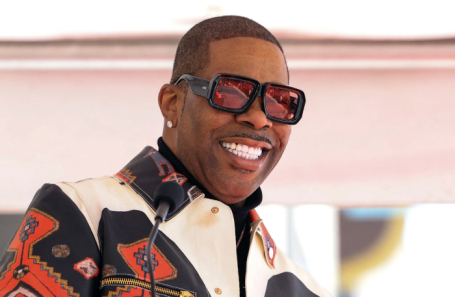
A Kaleidoscope of Change
The tapestry of recent events in Russia, as seen through the lens of sport, politics, urban development, and culture, reveals a consistent theme: change. Whether it`s the shifting hierarchy of a football league, the delicate recalibration of international responsibilities, the strategic redefinition of urban spaces, or the unexpected arrival of a global music star, Russia, like much of the world, is in a perpetual state of re-evaluation and adaptation. These seemingly disconnected narratives collectively paint a picture of a nation navigating its multifaceted present, where the only constant appears to be the unexpected.


